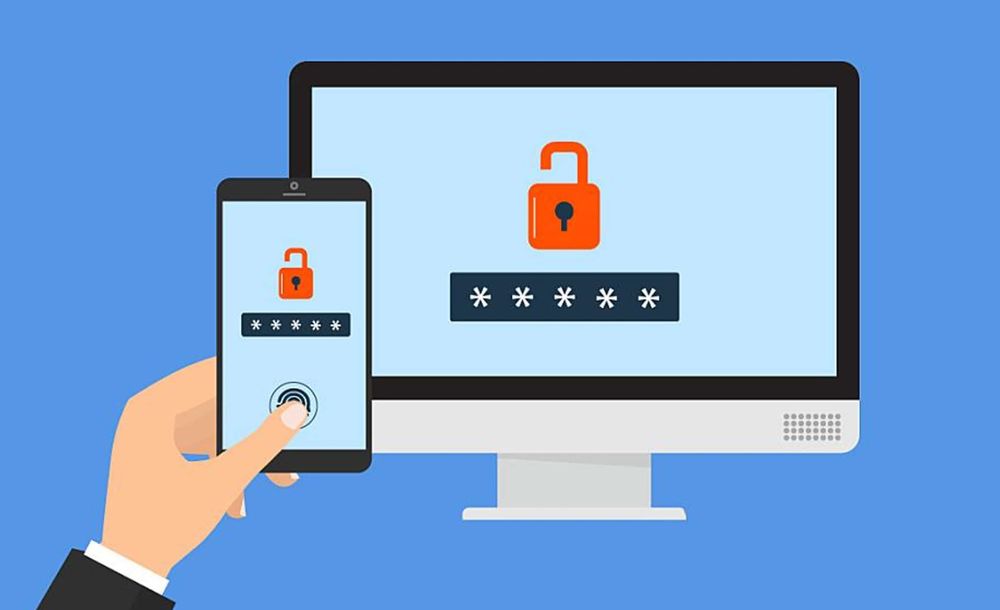
Biometric Identification and the Financial World
The rapid growth of modern biometrics has been beneficial in different aspects and parts of the society we are living in. Its most common application can be seen in the commercial industry and public security using fingerprinting and facial recognition technology.
But aside from these fields, biometrics have also effects on the financial sector. This article will tackle how modern biometric identification is affecting the financial world.
Overview about Biometrics
Biometrics utilizes the physiological and behavioral characteristics of an individual for identification and authentication. Nowadays, this is not a new concept anymore since modern biometrics can be seen almost everywhere – in mobile phones, security systems, and more.
There are various types of biometrics, and they primarily depend on:
- Auditory characteristics
- Visual features
- Behavioral characteristics
Biometrics in the Financial Industry
Over the years, various institutions in the financial industry, like banks, have started to adopt biometric systems and use biometric identification technology. Customers aren’t really against this, and based on the survey of Global Data in 2018, 67% of global customers support the use of biometrics for banking security.
In the industry, biometrics is used to confirm the identity of a customer. Specifically, they’re used when:
- Having transactions at an ATM
- Opening a bank account
- Online and mobile banking
- Loan applications
Why Are Banks Using Biometrics?
Various institutions in the financial industry, especially banks, are encountering numerous challenges in terms of customer satisfaction and risk reduction. To handle these challenges, banks use biometric identification and authentication. This is because:
- They want faster customer authentication. Aside from biometrics being secured, they’re fast too. Many banks have experienced quicker authentication processes when they use biometrics.
- It can track and monitor the activities of customers. Biometrics allows monitoring of audit trails and a customer’s activity within the system. This way, banks are quickly alerted when there are signs of fraudulence.
- They gain capability for virtual onboarding. Because of the pandemic, there are certain banking restrictions adopted. With biometrics, banks can safely process online banking.
- The existing ISO Compliance Standards. Banks undergo due processes to be certified ISO compliant, and they use biometrics to adhere to the standards. In addition, being ISO compliant helps reduce fraud.
Types of Biometrics Used in the Industry
There are many biometric procedures and technologies nowadays, including:
- Face recognition – This uses 3D sensors and algorithms to identify a customer’s face based on their facial features.
- Voice recognition – This focuses on the analysis of the unique features of the customer’s voice. It’s one of the most popular options used in banking nowadays.
- Behavioral biometrics – This analyzes the unique behavior of customers. It’s a new technology and still quite unpopular in many banks.
- Fingerprint recognition – This is popular for branch banking and mobile banking because it only needs simple equipment and technology to be used. It enables fast and secured identification.
- Iris recognition – Equipment used scans the patterns in the customer’s eye. Many banks used it for secured and live detection.
Biometric Identification and Traditional Authentication Methods
Banking authentication and identification systems need to be secure, fast, and convenient. Biometrics ensures these. However, when determining the quality and security of biometrics, it’s essential to compare it to the traditional methods used in banking – EMV and ID verification.
Biometrics and EMV
EMV, as a banking card technology, uses chips and circuits to store data. EMV cards lessen the risk of tampering since it requires PIN or ID. It’s intensely used against fraudulence. However, it has certain risks and disadvantages when it comes to online banking. When the card is stolen, the card number can be used for online activities. This is where biometrics poses a significant advantage. With required biometric confirmation, the card can’t be easily used online.
Biometrics and Identity Verification
This is the most common method used by many financial institutions – ID verification. They scan valid government-issued IDs for automated authentication. However, this method can’t be used for secured virtual or online banking since it can only be done personally. Also, if a customer’s ID got stolen, it can be used by unauthorized individuals.
But with biometrics, even when someone else has access to a customer’s ID, they don’t have access to the customer’s biometric data. Biometrics solves this issue since confirmation of identity is required, and that’s why many banks use this technology.
Benefits to the Financial Sector
The financial industry gains many benefits from using biometrics:
- Firmly secured – Biometrics relies on the unique features and qualities of customers. No data can be forged and stolen with biometrics.
- Lessen operational costs – There would be no need for additional equipment and tools as well as human labor. This reduces the operational finances.
- Lessen fraudulence – Protection against frauds and cyber issues are some of the benefits of biometrics. Biometrics allows authentication for every employee and provide an audit trail for transactions as well. Moreover, as we have mentioned, it protects the identities of customers in online banking.
- Quick and accurate authentication – Biometrics easily and accurately identify and confirm a customer’s identification. This makes it convenient for both banks and customers.
- Accessible from any device – Customers can easily and safely manage financial transactions online using biometrics.
Takeaway
Biometrics has many significant benefits to the financial world, especially to financial institutions like banks. As the world and technology continue to be more modernized and advanced, the need for a more secure and fast way of identification and authentication increases.
Therefore, biometrics will indeed have more impact and use in the financial sector in the near future. This is to continuously ensure security and satisfy the customers.

